China Railway Express: Freight network facilitates trade between China and Europe
2017-04-28 22:15 GMT+8
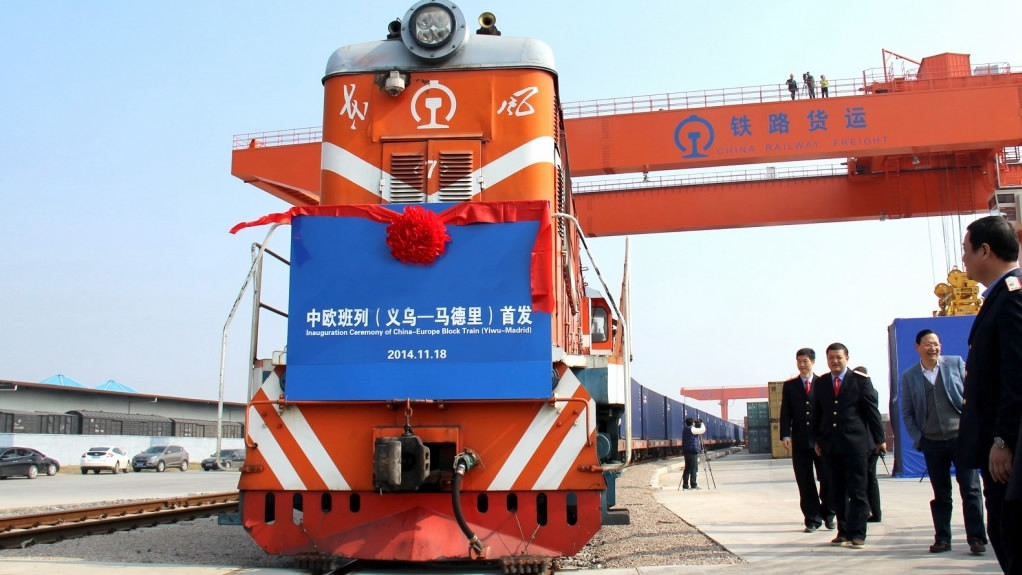
Editor
He Yan
By CGTN’s Feng Xin
Since 2011, China has opened 51 new freight rail lines linking Chinese cities with 11 European and Asian countries. Under the banner “China Railway Express”, the country says the network is crucial to increasing connectivity and trade between China and the rest of Eurasia.
CGTN travelled thousands of kilometers across the country to four of the most important railway hubs to see how this freight network works.
Hub 1: Yiwu, Zhejiang Province
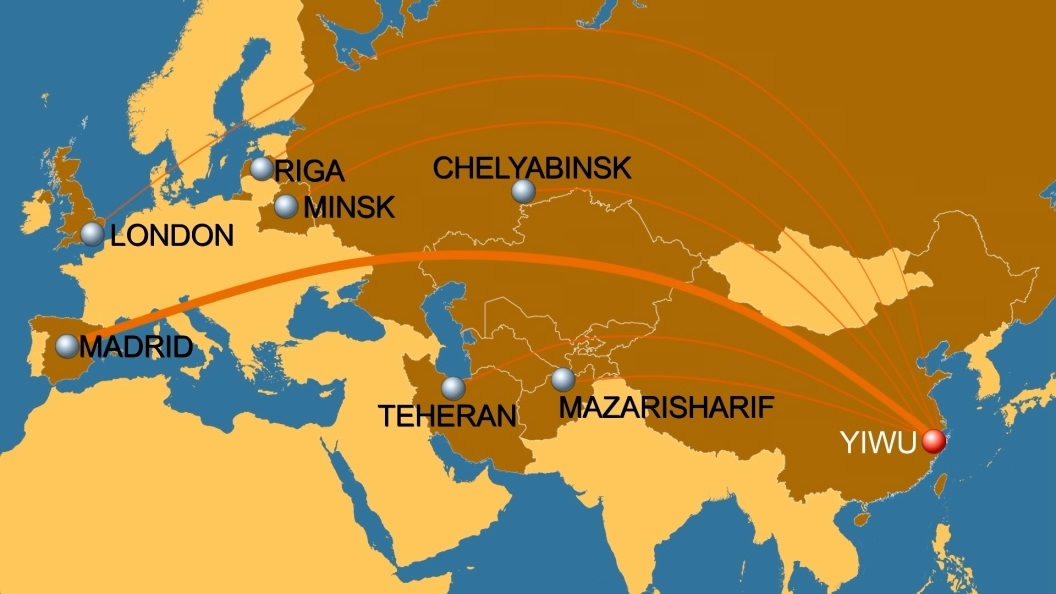
CGTN Photo
From the eastern Chinese city of Yiwu to the Spanish capital Madrid, the trans-continental voyage takes around 18 days.
The 13,000-kilometer journey is the longest of the eight freight routes departing from Yiwu, the world’s largest hub for small commodities.

Traders at the China Commodities City in Yiwu, Zhejiang Province on April 15, 2017. /CGTN Photo
Yiwu, a city of 1.2 million people, attracts an equal number of traders from all over the world, seeking to export Chinese products. From needles to treadmills, the trade here covers millions of small daily supplies and involves nearly 200 countries.
Traditionally, most of Yiwu’s exports go to Middle Eastern and African countries. Authorities say the China Railway Express has helped open up more trading destinations in Central Asia and Europe, as well as saving up to two thirds of the travel time compared to shipping by sea.
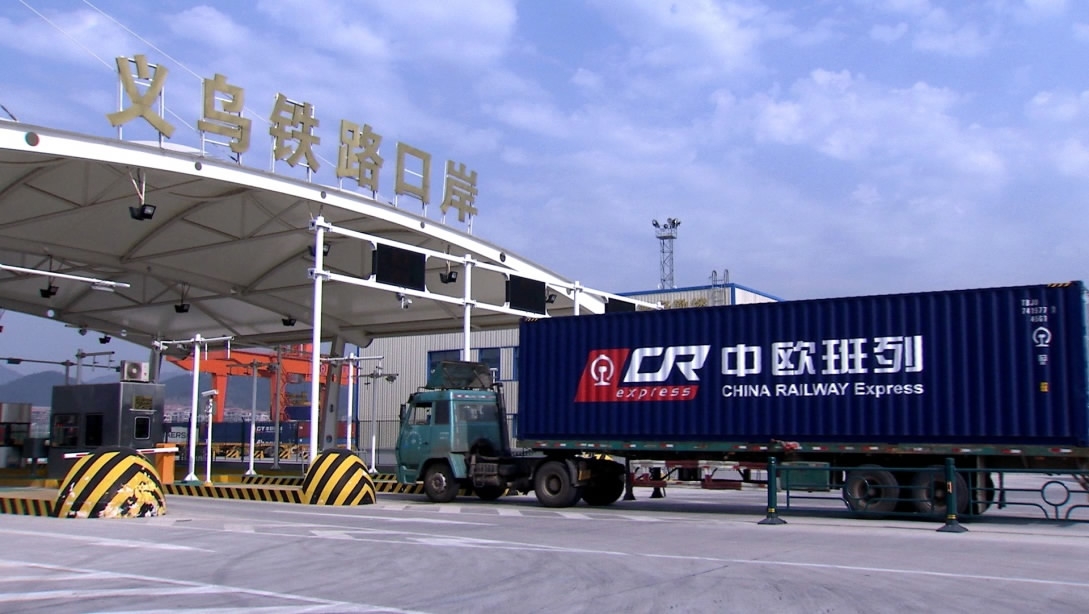
A cargo truck enters the gate of the Yiwu Railway Port on April 15, 2017. /CGTN Photo
It provides an alternative for traders who are willing to pay higher fees for shorter transportation times.
Since the Yiwu routes’ debut in November 2014, this freight service has operated 131 trips as of March.
Hub 2: Wuhan, Hubei Province
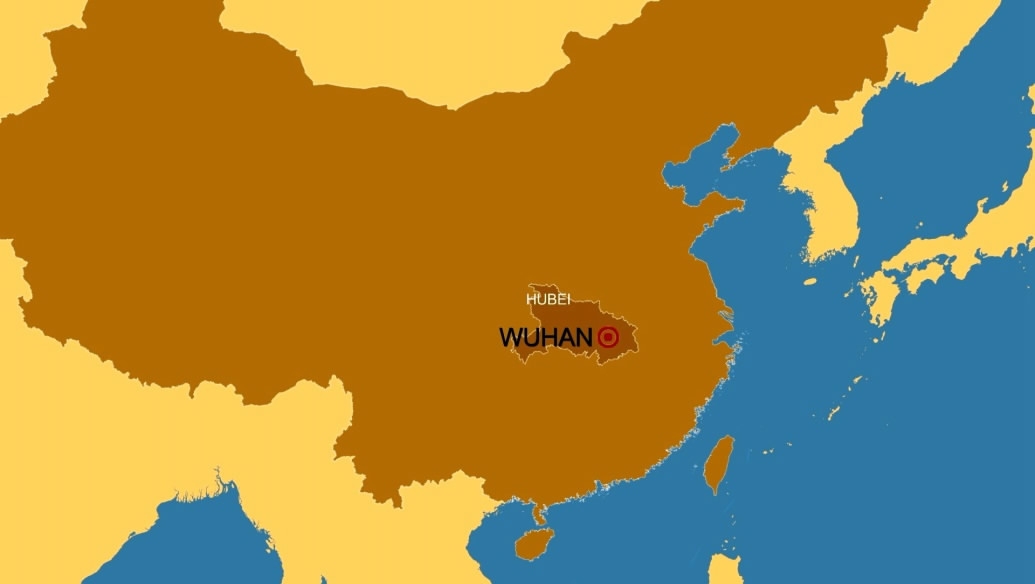
CGTN Graphic
The China Railway Express not only sends Chinese products to European and Asian countries but also brings back the taste of Europe to consumers in Central China. The city of Wuhan in Hubei Province serves as a gateway for goods traveling to and from China’s heartland.
Belarusian milk, French wine as well as cheese and butter can now be stored in some of the special freezer containers on this railway service and come to central China’s consumers.

French Premier Bernard Cazeneuve (center left) sampled wine brought to Wuhan by the China Railway Express on February 23, 2017. /CGTN Photo
In February, French Premier Bernard Cazeneuve visited Wuhan and sampled wines transported on the first ever freight train departing from his home country to central China.
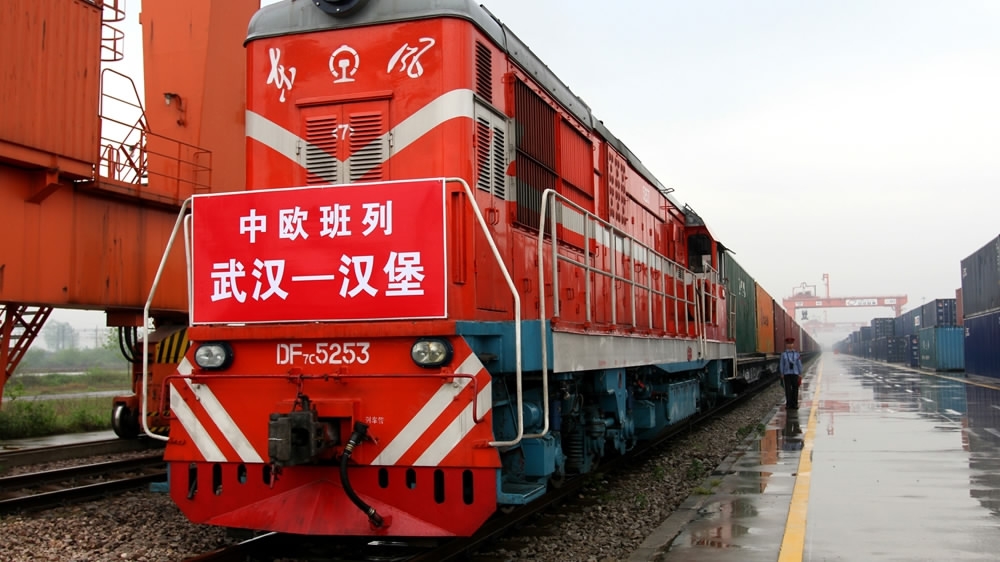
A China Railway Express service sets off to Hamburg, Germany from Wuhan in Hubei province on April 16, 2017. /CGTN Photo
“Some companies who have special requirements such as expiration dates and transportation times, or those who are sensitive to market changes... will become more competitive in international trade, as the freight service can meet more of their logistical needs now,” said Wu Guangming, president of the Wuhan Asia-Europe Logistics.
Since the freight service launched in Wuhan five years ago, more than 450 trains packed with goods have made the journey from China to destinations in Europe.
Stop 3: Chengdu, Sichuan Province
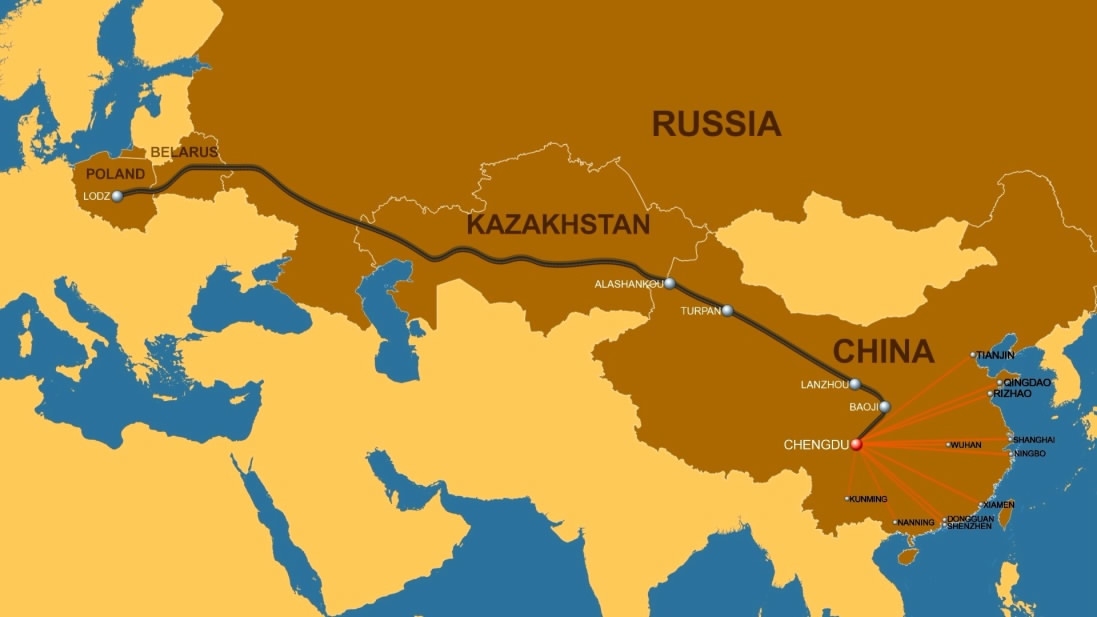
CGTN Graphic
This is the 125th China Railway Express this year bound for Europe from the southwestern city of Chengdu in Sichuan Province:
Chengdu Video
Since 2013, the Chengdu route has connected nearly a dozen Chinese cities with European countries, bringing Chinese-made computers, household appliances and mechanical parts to European consumers.
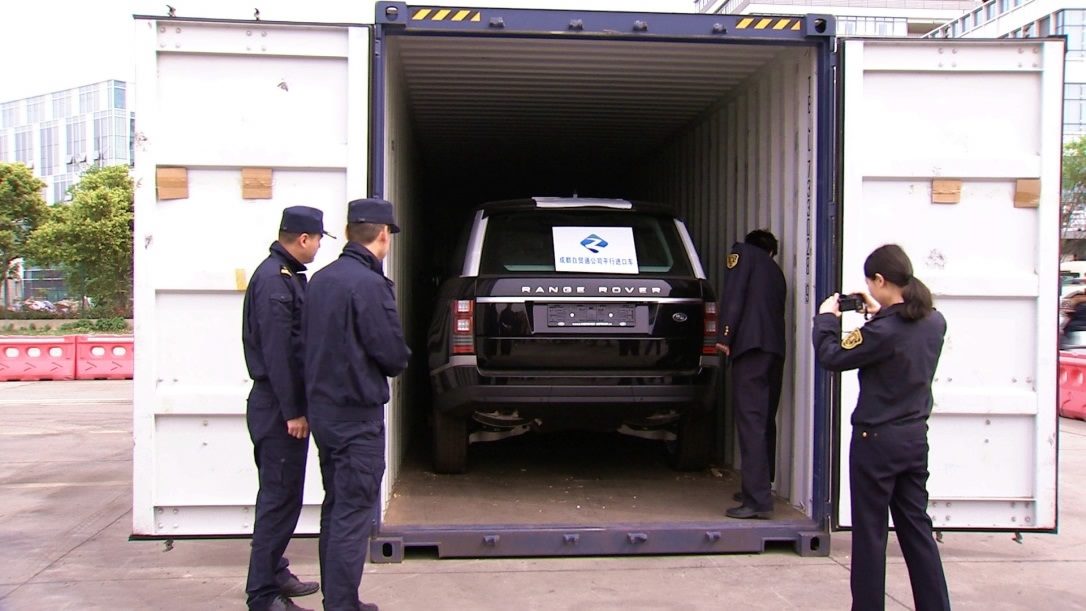
Staff at the Chengdu International Inland Port Operation open a container to inspect cars imported from Europe on April 17, 2017. /CGTN Photo
In return, European-made cars now have an easier gateway to the Chinese market. In June last year, the China Railway Express brought back the first batch of parallel-import cars to local consumers.
“Chengdu was not an import port for cars before,” said Liu Zhongjie, manager of the Chengdu international Inland Port Operation. “This means that all imported cars had to be transported to this inland city from other Chinese sea ports. Since Chengdu was authorized as an import port in 2015, this became a thing of the past,” he said.
It saves consumers at least 15 days to pick up their cars. Since their initial voyage in February 2012, the Chengdu routes have operated more than 720 freight services between the southwestern Chinese city and Europe.
Final stop: Alashakou, Xinjiang Uygur Autonomous Region
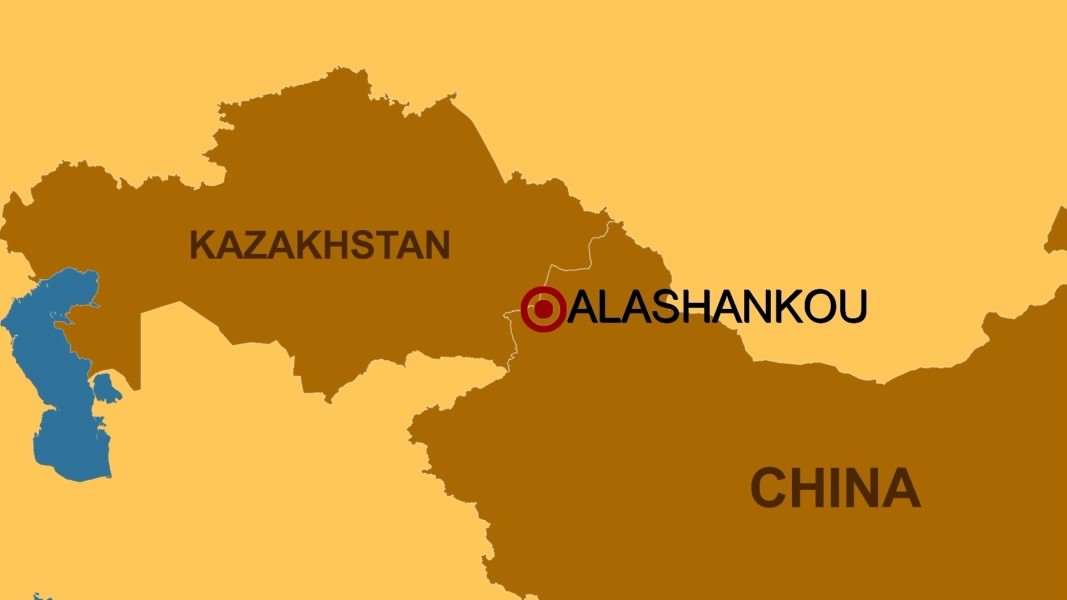
CGTN Graphic
The Alashankou station is China’s second largest railway port, with nine routes of the China Railway Express passing through.
But cross-border rail service isn’t that easy. In China, railway tracks are 1,435 millimeters wide, whereas in neighboring Kazakhstan, they are an extra 85 millimeters in width. How is it possible for the train to keep traveling in these circumstances?
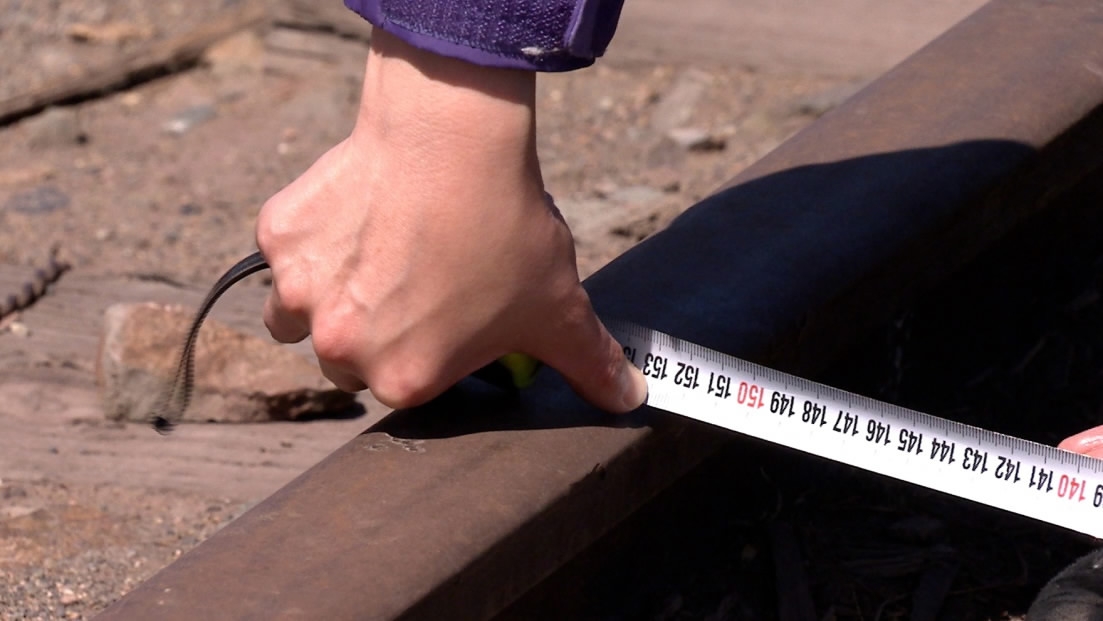
A CGTN reporter measures the width of railway tracks at a cargo swapping center in Alashankou on April 19, 2017. /CGTN Photo
Click on the video to see how the railway width problem is solved.
Xinjiang Video
The solution is…to switch trains.
When trains from Kazakhstan reach the Chinese border, Chinese railway staff need to unload the cargo off the Kazakh train and onto a Chinese train. The same applies to trains entering the Kazakh border.
To maintain efficiency, the swap only takes about an hour on both sides.
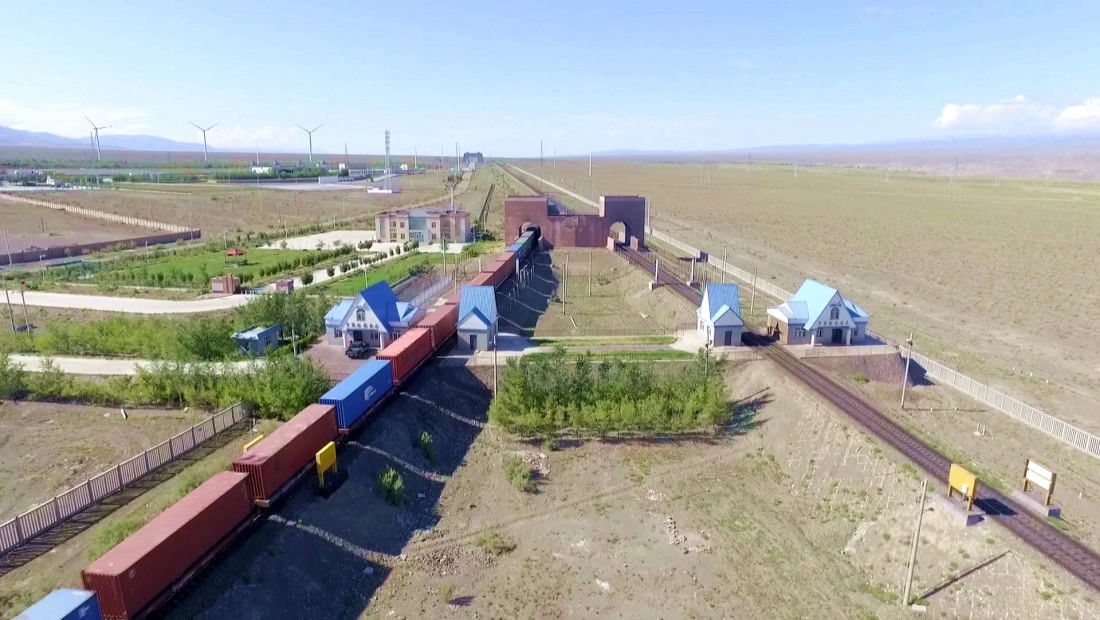
A China Railway Express train crosses the Chinese border and heads into Kazakhstan. /CGTN Photo
There are only 12 kilometers between China’s Alashankou station and Dostky in Kazakhstan. Frequent communication between the two stations is key to ensure smooth cross-border operation.
“We made agreements with Dostky station in 2011 to hold a face-to-face meeting every Tuesday,” said Yang Yonghong, head of the Alashankou station. “If the meeting is held at Alashankou station this week, we will meet at Dostky station the next. We discuss daily operational issues such as swapping trains and handovers,” Yang said.
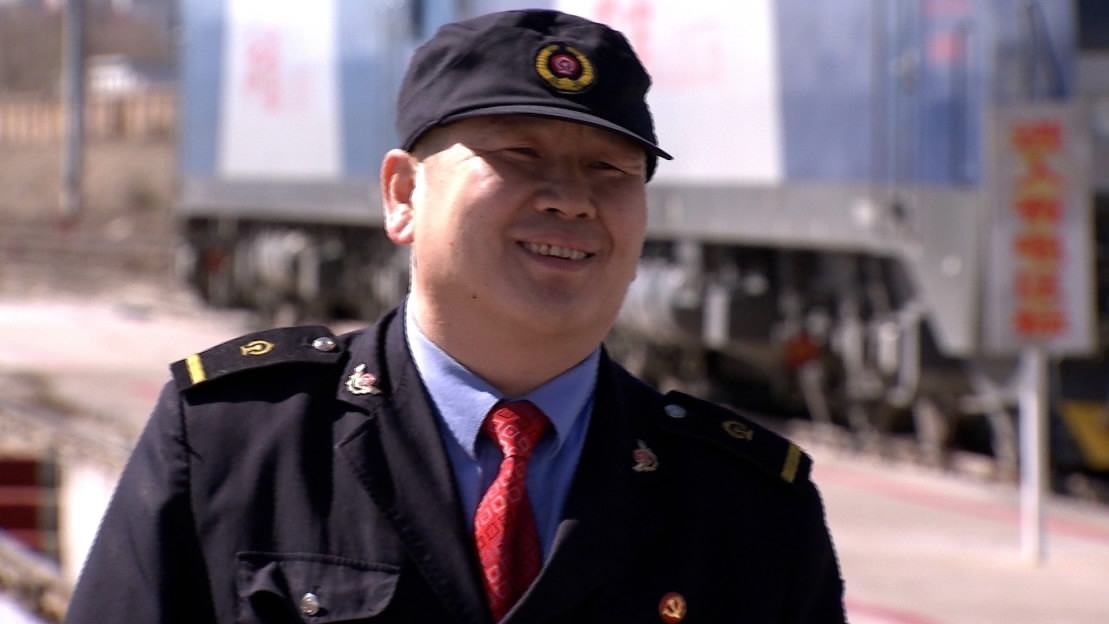
Train driver Shen Jianwei talks about his 25 years of work at the Alashankou station on April 19, 2017. /CGTN Photo
Train driver Shen Jianwei has been working here for 25 years. He is responsible for operating the China Railway Express between Alashankou and Dostky, the very last part of the journey operated by Chinese train drivers. Before the train reaches Shen, between 10 to 12 drivers work in relay along the route.
“There are fewer than 200 train drivers in the country who can operate a train across the Chinese border,” said Shen. “I am one of them, so I am very proud,” he said.
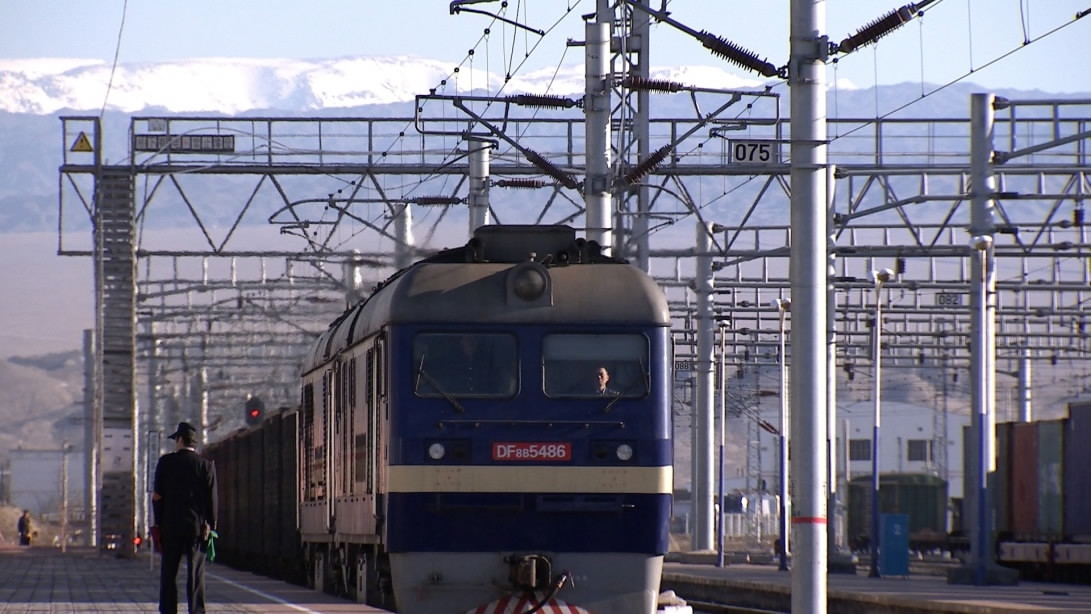
A train enters the Alashankou station on April 19, 2017. /CGTN Photo
Shen used to operate one freight service every three days, but now about four China Railway Express trains pass through Alashankou station every day.
Copyright © 2017
